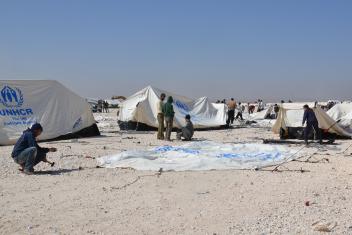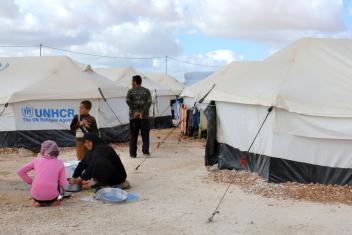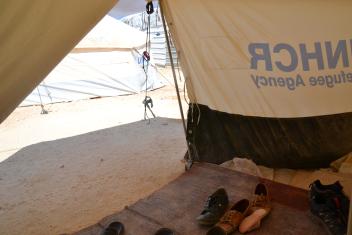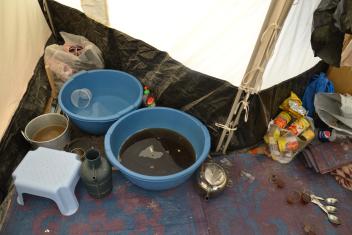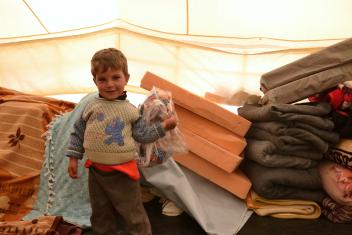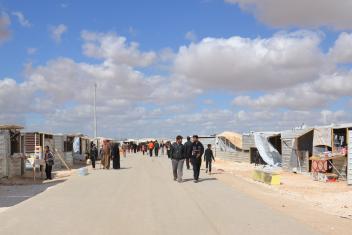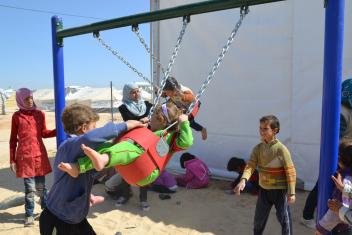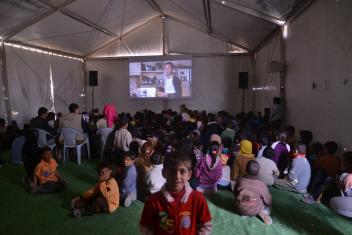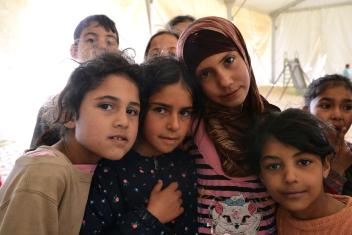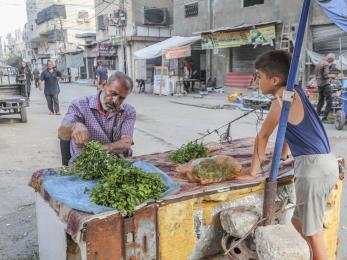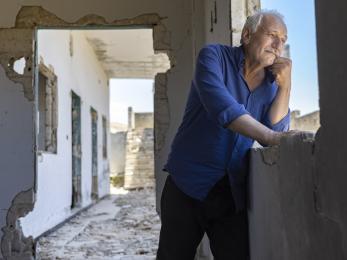Life in Zaatari: An inside look
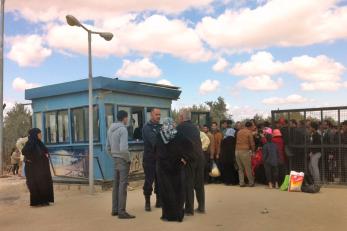
Until a few weeks ago, I had only read about refugee camps. I wondered what they were like. Then I found myself standing in Zaatari refugee camp on the Jordan-Syria border where an estimated 140,000 Syrians now live, according to the Jordanian government. This camp opened only last July.
Here I’ve selected a few of my photos to show you, as best as I can, the basic anatomy of this refugee camp and give you some sense of the experience for families there.
I do this in full recognition that my time in Zaatari was short. I still wonder what it is really like for families there. What it is like to have fled across the border as your own government shot at you. To live in a tent filled only with possessions you carried in your hands or that you received out of charity. To only hope to return home but have no real idea if or when that might happen. Simply put, only these Syrian families could tell you what it is really like there.
Perhaps that’s the greatest lesson of my visit. Though a camp is filled with uniform rows of tent upon tent, living in it will be a singular, life-changing event for every individual there.

